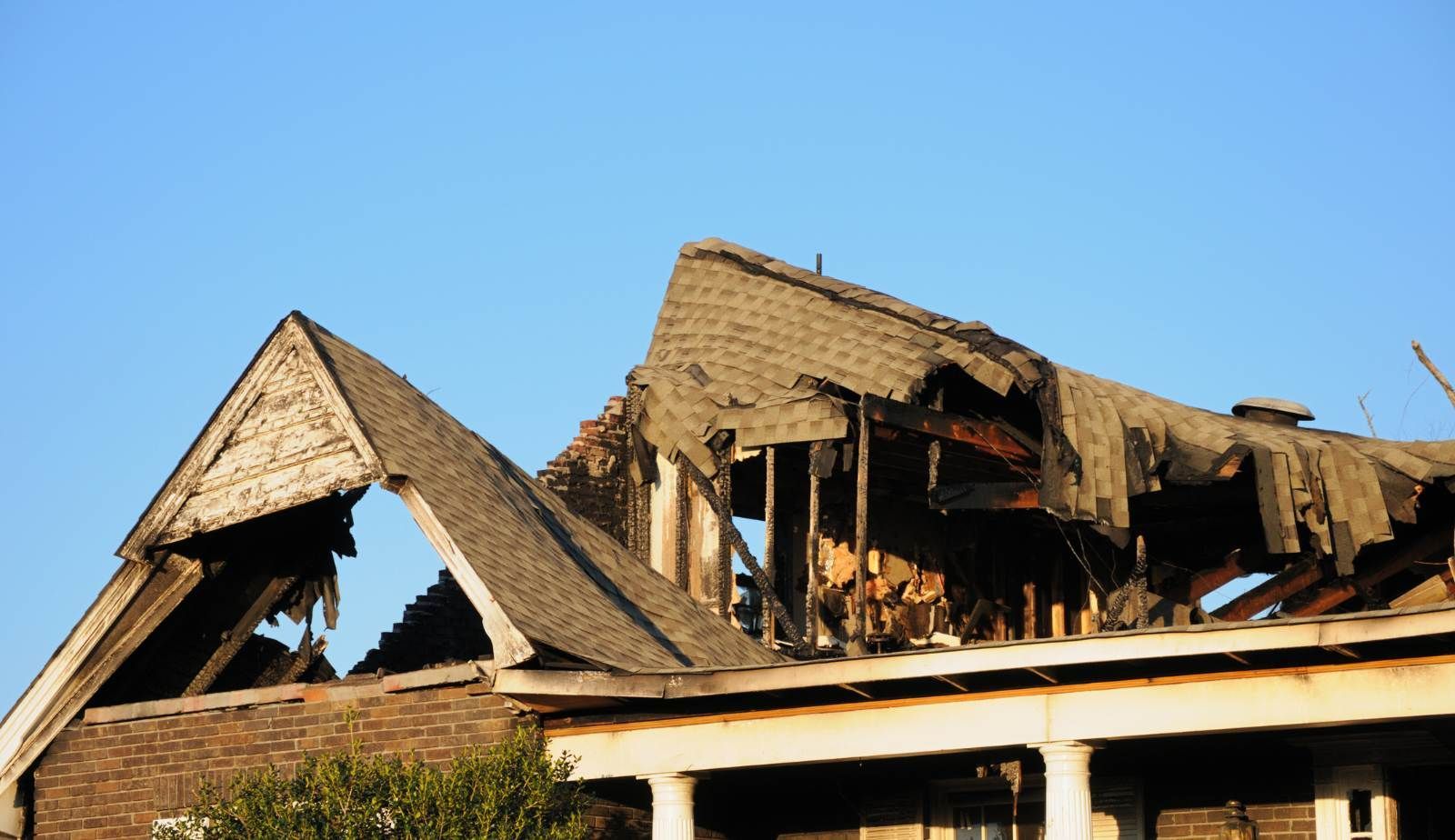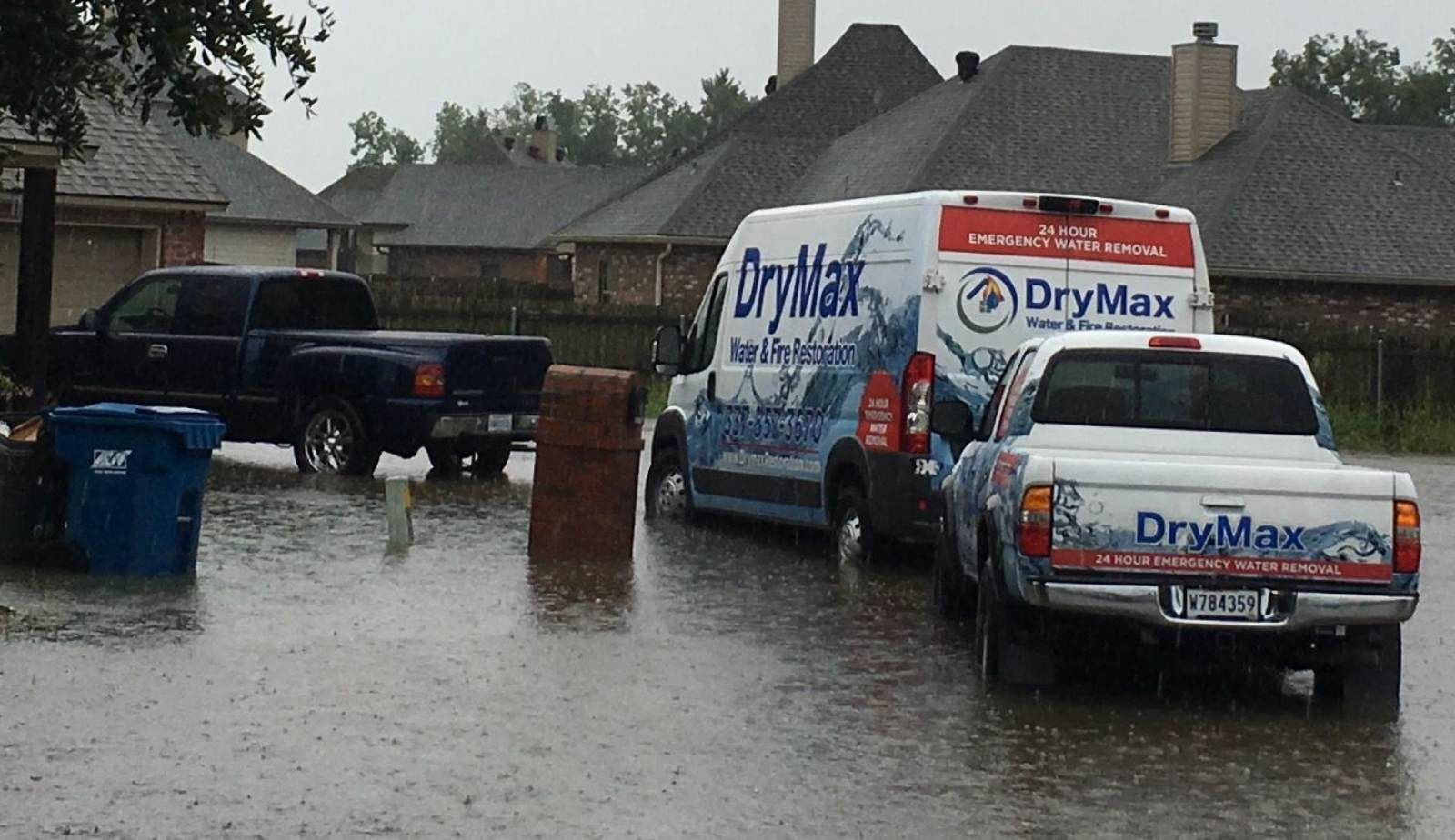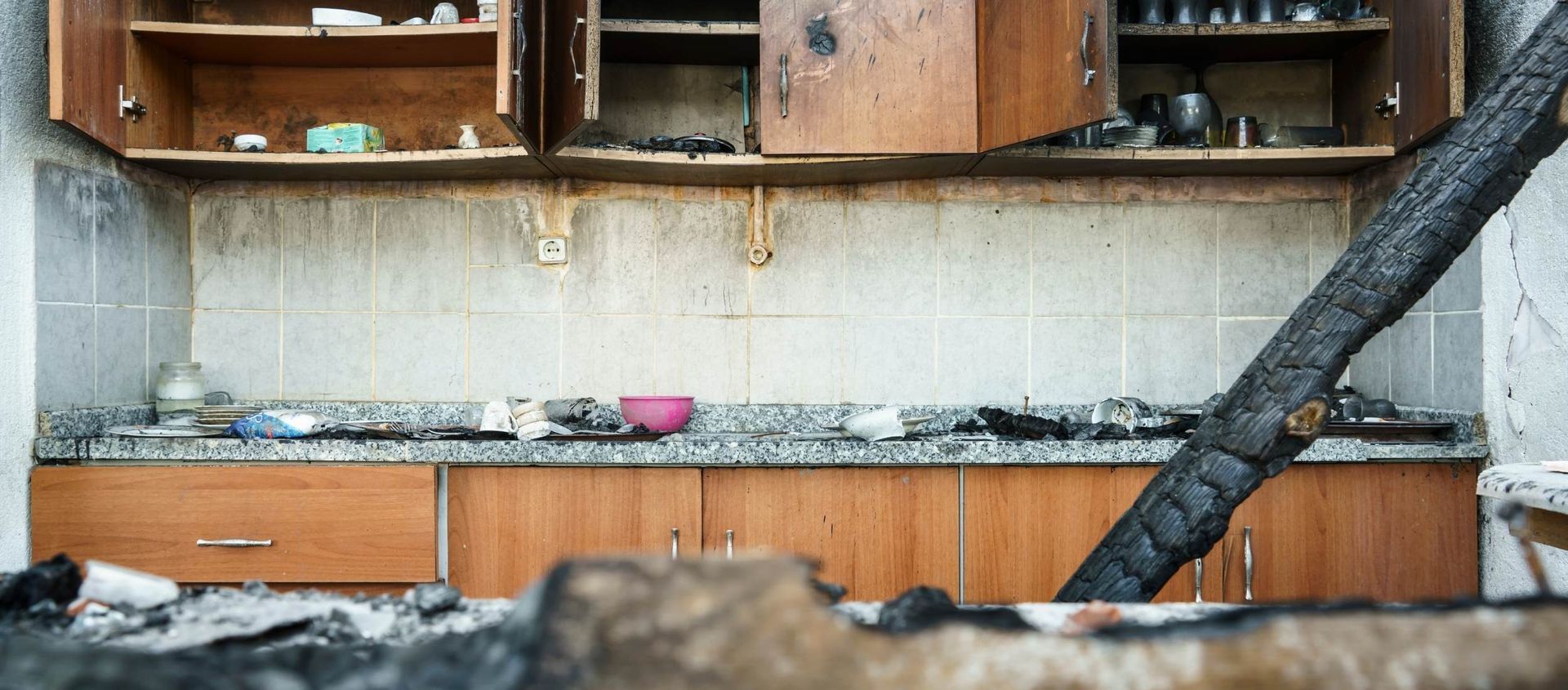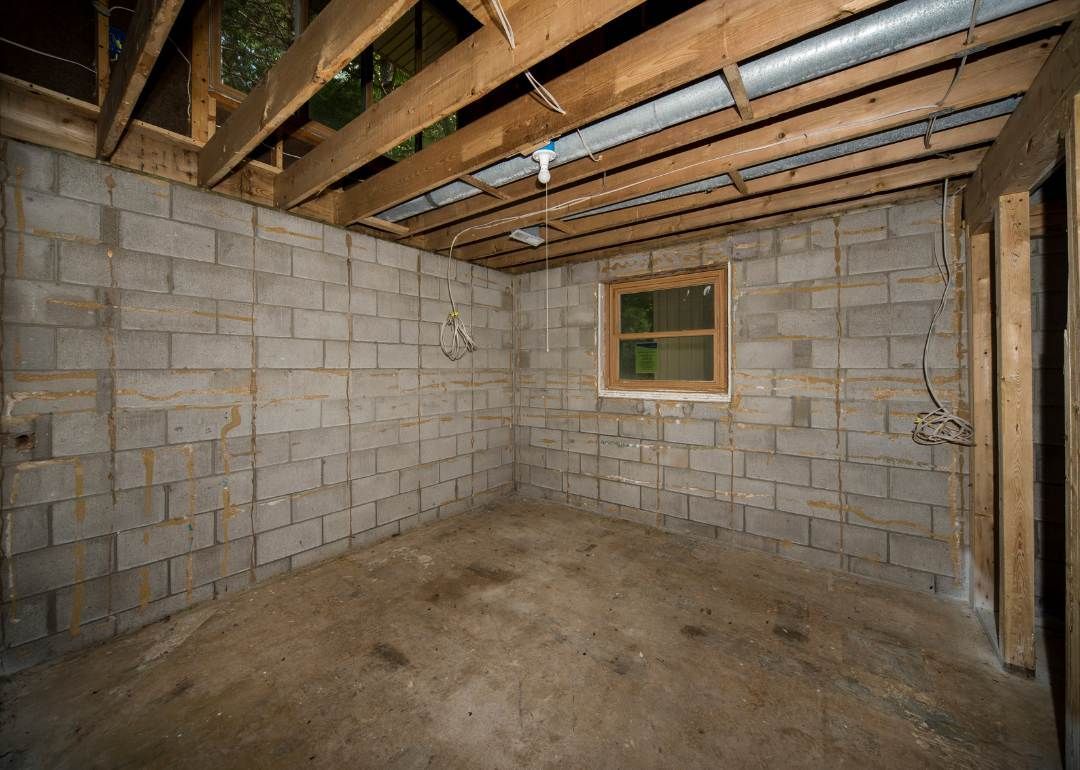Drymax’s 24/7 Emergency Response in Louisiana: Insights and Expectations
When disaster strikes due to water or fire damage, swift action becomes crucial. Drymax offers 24/7 emergency response services across Louisiana, ensuring that help is always just a phone call away. Their team is dedicated to minimizing damage and restoring properties to their original condition quickly and efficiently.
Residents and business owners can expect immediate assistance and a guaranteed 60-minute response time when they reach out to Drymax. With certified professionals and the latest technology at their disposal, they provide specialized services tailored to various situations, from water extraction to smoke odor removal. Drymax’s commitment to customer satisfaction makes them a reliable choice during emergencies.
Choosing Drymax means having access to not only timely intervention but also comprehensive solutions designed to ease the stress of recovery. From free inspections to direct insurance billing, they streamline the restoration process to help clients get back on their feet as soon as possible.
Understanding Drymax’s 24/7 Emergency Response in Louisiana
Drymax offers comprehensive emergency response services for water and fire damage across Louisiana, ensuring prompt assistance whenever disaster strikes. The following sections detail the restoration services available, the scope of 24/7 availability, and what clients can expect after making contact.
Overview of Restoration Services
Drymax specializes in emergency restoration services, addressing various needs such as water damage, fire damage, and mold remediation. Their trained technicians utilize advanced equipment to perform thorough inspections and effective cleanup processes. Key services include:
- Water Damage Restoration: Quick extraction of water, drying, and dehumidification.
- Fire Damage Cleanup: Removal of soot, smoke odor elimination, and rebuilding structures impacted by fire.
- Mold Remediation: Safe removal of mold and preventative measures to protect properties.
These services cater to both residential and commercial properties, aiming to restore environments to their pre-incident condition.
Scope of 24/7 Availability
Drymax is committed to being accessible around the clock. They guarantee a rapid 60-minute response time, ensuring that no client is left waiting during a crisis. Their dedicated team is always ready to tackle emergencies caused by:
- Water leaks or flooding
- Fire incidents
- Storm damage
This constant availability allows Drymax to effectively mitigate damages, reduce recovery time, and prevent further complications. Clients can reach out anytime, knowing they will receive timely and efficient service.
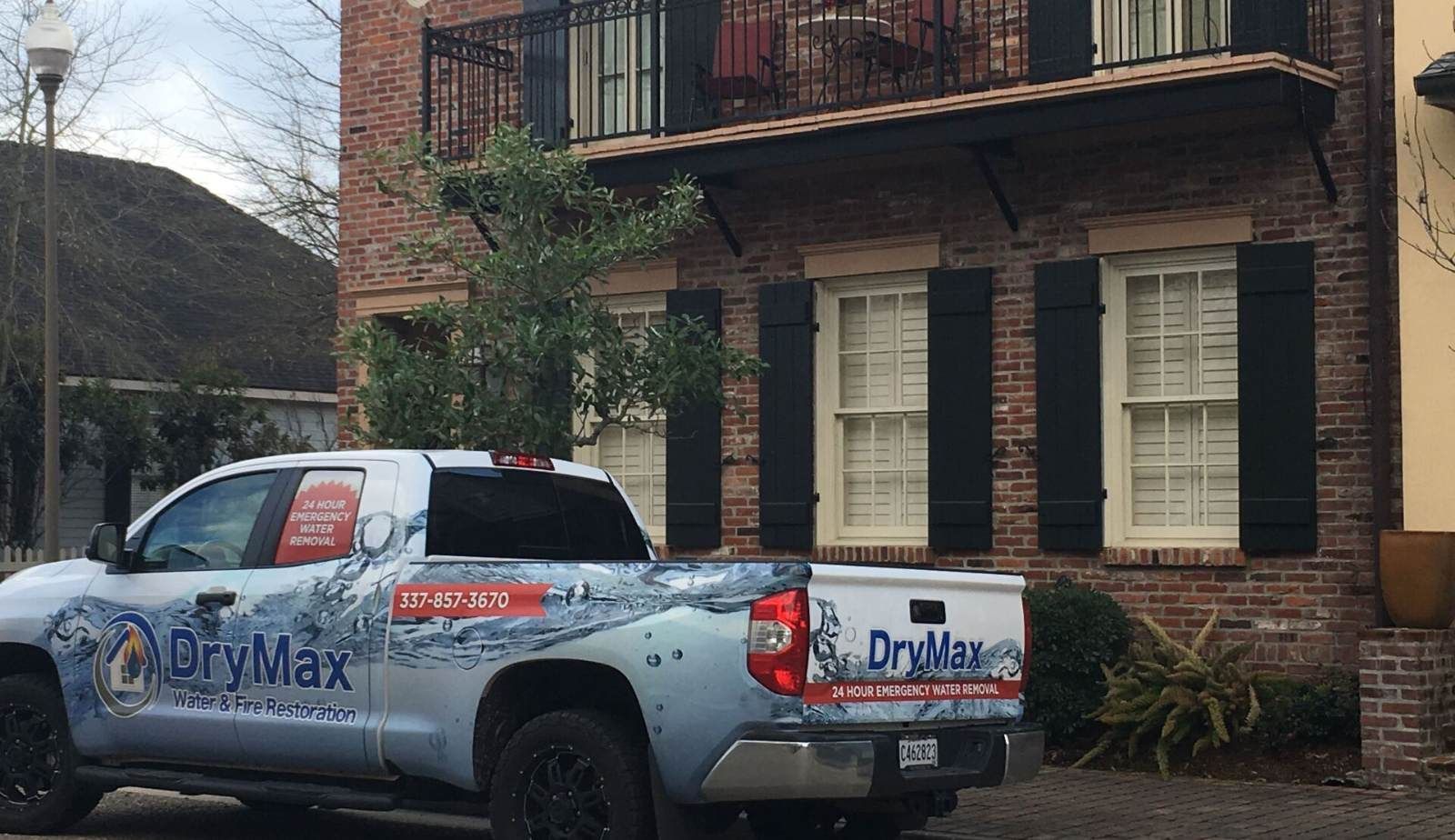
Immediate Steps Upon Contact
When clients contact Drymax, the response process is swift and organized. The initial steps include:
- Assessment: A trained professional will gather essential information regarding the incident.
- Rapid Dispatch: The nearest team is dispatched immediately to the site for assessment and action.
- On-Site Evaluation: Upon arrival, technicians perform a thorough evaluation to formulate a restoration plan.
This structured approach ensures that Drymax can quickly begin the recovery process, offering peace of mind to clients facing stressful situations.
What Happens When You Contact Drymax in an Emergency
When a water or fire emergency occurs, contacting Drymax initiates a structured response aimed at minimizing damage and facilitating a swift restoration. The process includes immediate communication, a rapid response, and the deployment of qualified restoration professionals to address the situation effectively.
Initial Communication and Assessment
Upon contacting Drymax, the team gathers essential information through a brief conversation. This includes the type of emergency—whether water or fire damage—and the extent of the incident. The representative may ask about the location, severity, and any immediate hazards present.
Once the information is collected, a preliminary assessment helps prioritize the response. Drymax values clarity, so the representative will explain the necessary steps and inform the caller about what to expect during the service.
Rapid Response and Arrival Time
Drymax emphasizes its 24/7 availability for emergencies. The certified team is trained to respond promptly, typically within 60 minutes of a call. This rapid response is critical in minimizing additional damage that can occur from water or fire incidents.
Clients can expect timely communication regarding the estimated arrival time. This transparency ensures that individuals are prepared and can take necessary precautions while waiting for the restoration pros to arrive.
Deploying the Restoration Team
Upon arrival, the restoration team conducts a thorough assessment of the damage. They carry essential equipment, including water extraction tools and air movers, to begin immediate restoration work.
The trained professionals will also explain the restoration process to the client, detailing each step, from initial cleanup to structural repairs. Their approach is systematic, prioritizing safety and efficiency to return the home or business to its pre-damage condition as quickly as possible.
The Restoration Process: Fire, Water, and Smoke Damage
Navigating the restoration process after fire or water damage requires a clear understanding of the steps involved. Comprehensive procedures ensure the property is returned to its pre-loss condition effectively and safely.
Fire Damage Cleanup Procedures
Fire damage cleanup involves multiple stages to restore affected properties. Professionals start with a thorough assessment to determine the extent of damage, focusing on structural integrity and residual hazards.
- Safety Evaluation: Inspecting for potential hazards, including structural instability and lingering smoke.
- Debris Removal: Clearing burnt debris and damaged materials to prevent further deterioration.
- Smoke and Soot Removal: Utilizing specialized equipment to eliminate smoke odors and soot residue from surfaces. Methods may include thermal fogging and ozone treatments.
- Water Extraction: If water was used to extinguish the fire, immediate removal is essential to prevent mold growth.
- Content Cleaning: Careful cleaning and restoration of personal belongings affected by smoke or heat.
This meticulous approach minimizes further damage while promoting a thorough recovery.
Water Damage Restoration Techniques
Water damage restoration encompasses various strategies to mitigate and repair the effects of moisture. Each step is critical in ensuring the property is safe and dry.
- Emergency Water Removal: Swiftly extracting standing water using pumps or vacuums prevents further deterioration.
- Dehumidification: Implementing dehumidifiers to lower humidity levels and facilitate faster drying of affected areas.
- Structural Drying: Using air movers and heaters to expedite the drying process of walls, floors, and ceilings.
- Mold Prevention: Applying antimicrobial agents to surfaces to inhibit mold growth during the drying phase.
- Final Inspection and Repairs: Conducting thorough assessments after drying to identify any necessary repairs, including addressing structural issues.
Water damage restoration focuses on thoroughness to avoid long-term complications.
Securing and Protecting Your Property
Taking immediate action to secure and protect property is vital when dealing with water or fire damage. Restoration services provide essential measures to minimize further complications and safeguard a structure's integrity.
Emergency Board-Up and Tarping
In urgent situations, emergency board-up and tarping are crucial steps. These actions prevent unauthorized access and protect the property from additional damage.
Boarding Up
- Windows and doors are boarded to deter vandalism.
- It shields the interiors from elements like rain and wind.
Tarping
- Tarps are used to cover damaged roofs or external walls.
- This helps mitigate water leaks and prevents mold growth.
Both methods are performed quickly and efficiently by professionals to ensure the property remains secure while plans for restoration take place.
Structural Drying and Dehumidification
Structural drying and dehumidification are key processes in water restoration. They focus on removing moisture from affected areas to prevent long-term damage.
Drying Techniques
- High-velocity fans and dehumidifiers are employed.
- These tools accelerate evaporation and moisture removal.
Importance of Dehumidification
- Maintains indoor air quality and prevents mold development.
- Protects building materials, such as drywall and wood, from warping.
Effective drying and dehumidification ensure that properties return to a safe environment, allowing homeowners or business operators to resume normal activities quickly.
Professional Contents Cleaning and Recovery
Professional contents cleaning services play a crucial role in restoring items affected by water, fire, or mold damage. These services ensure that personal belongings are carefully handled and effectively cleaned, allowing for the best possible recovery outcomes.
Contents Cleaning Services Overview
Contents cleaning services include a thorough inspection and restoration of items impacted by disasters. Professionals assess what can be salvaged and determine the best cleaning methods for various materials.
Key Services Offered:
- Water Damage Cleaning: Items like textiles, furniture, and electronics undergo specialized drying and cleaning processes.
- Fire Damage Cleaning: Smoke and soot removal techniques are employed to restore affected belongings.
- Mold Remediation: Professionals address mold-infested items, ensuring they are safely cleaned or disposed of.
Experts utilize advanced techniques to minimize further damage and to facilitate a prompt recovery process.
Handling Personal Belongings
Handling personal belongings requires sensitivity and expertise. Trained technicians are integral in managing items of sentimental value while ensuring they are treated with care.
Process Steps:
- Assessment: Each item is evaluated for damage extent and cleaning feasibility.
- Documentation: All belongings are cataloged, ensuring accountability and organization.
- Restoration: Depending on the assessment, items may be cleaned, restored, or safely discarded.
This careful approach helps clients feel secure that their personal treasures are in capable hands, significantly alleviating anxiety during a stressful time.
Specialized Cleaning Equipment
Utilizing specialized cleaning equipment is essential for effective contents recovery. Techniques and tools are tailored to various materials and types of damage.
Typical Equipment Includes:
- Industrial-Grade Dehumidifiers: Essential for water removal, these machines expedite the drying process.
- Ultrasonic Cleaners: Perfect for delicate items, these devices use high-frequency sound waves to clean without damaging surfaces.
- Air Scrubbers: Effective in removing allergens and odors caused by smoke or mold.
The use of advanced technology ensures that belongings are treated efficiently, promoting the best possible restoration outcomes.
Certified Technicians and Restoration Pros
DryMax employs a dedicated team of certified technicians with expert knowledge in emergency restoration services. Their commitment to high industry standards and ongoing training ensures effective handling of water, fire, and mold damage situations.
IICRC Certification Standards
The Institute of Inspection, Cleaning and Restoration Certification (IICRC) sets the benchmark for restoration professionals. Technicians affiliated with DryMax have earned IICRC certification, demonstrating their proficiency in industry best practices.
Key aspects of IICRC certification include:
- Technical proficiency: Certified technicians are trained in the latest restoration techniques and technologies.
- Compliance: Adherence to safety and health regulations is a priority.
- Quality assurance: IICRC standards help maintain consistent service quality across projects.
Having IICRC-certified individuals ensures clients receive services backed by recognized best practices.
Ongoing Training and Expertise
Staying current in the restoration industry is vital. Technicians at DryMax engage in regular training programs to enhance their skill sets. This ongoing education covers advancements in restoration methods and the latest safety protocols.
Training highlights:
- Workshops: Regular attendance at workshops and seminars keeps technicians updated.
- Hands-on experience: Practical training scenarios prepare them for real-life emergencies.
- Specializations: Some technicians focus on specific areas such as mold remediation or fire damage restoration.
This continuous development equips DryMax's team to respond effectively to various emergencies, ensuring quality service for clients.
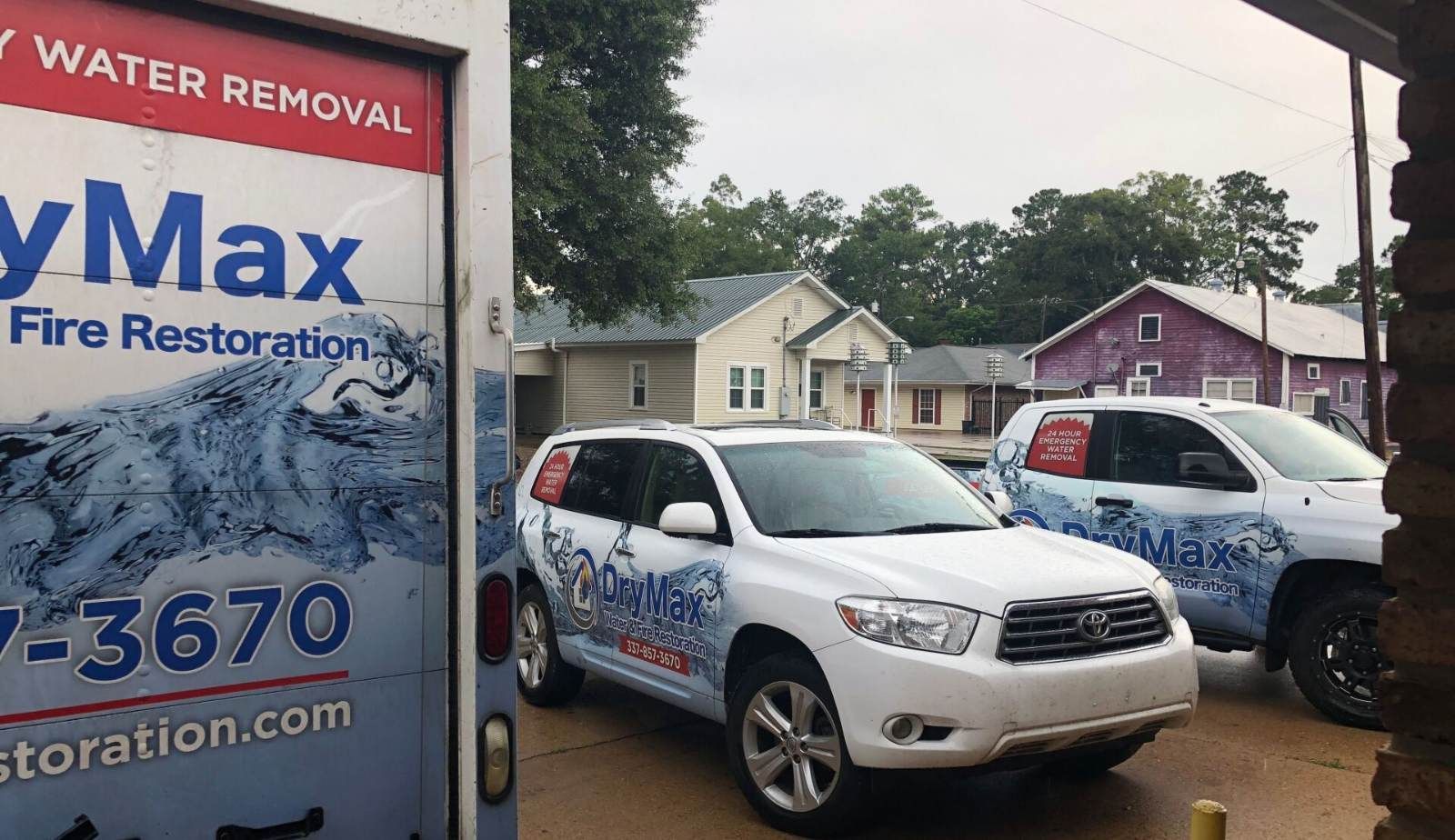
Insurance Assistance and Support
Navigating the insurance process during restoration can seem overwhelming for many homeowners and business owners. Understanding how restoration services coordinate with insurance providers helps streamline the recovery journey. The following details outline the critical steps involved in securing insurance support during restoration.
Coordinating With Insurance Providers
Restoration services, like DryMax, can assist clients in coordinating with their insurance providers. This coordination involves direct communication, which helps clarify coverage limits and applicable policies.
Key steps in this process include:
- Initial Assessment: Restoration pros perform an initial damage assessment to determine the scope of work needed. This assessment greatly aids in providing accurate information to insurers.
- Detailed Reporting: They create detailed reports and documentation of the damages. This includes photographs, notes, and estimates that are crucial for insurance claims.
- Claims Assistance: The restoration team often acts as a liaison between the client and the insurer, helping to ensure all necessary paperwork is submitted correctly and on time.
Documentation and Claims Process
Proper documentation is vital for a successful claims process. Restoration services like DryMax understand this and assist clients in compiling the necessary information.
Essential documentation includes:
- Damage Reports: Detailed reports of the damages help in justifying claims.
- Invoices and Estimates: Clients receive invoices for the services provided, along with estimates that correspond to the expected costs.
- Insurance Claim Forms: Restoration pros can guide clients through the completion of insurance claim forms, ensuring that all sections are accurately filled.
Additionally, keeping organized documentation increases the likelihood of timely claims processing, helping clients receive financial assistance quicker. This structured approach mitigates stress by allowing clients to focus on their recovery while the restoration team handles the complexities of insurance interaction.
Service Areas and Local Commitment in Louisiana
Drymax Water, Fire & Mold Restoration operates extensively throughout Louisiana, ensuring that residents receive timely and professional emergency services. The company’s commitment to local communities is evident in its coverage of major cities and its strong reputation for quality service.
Major Cities Covered
Drymax provides services in several key locations across Louisiana. Major cities include:
- Lafayette: Known for its vibrant culture, Drymax is dedicated to assisting homeowners here with both water and fire damage restoration.
- New Orleans: This historic city benefits from Drymax’s rapid response team, available 24/7 to handle emergencies.
- Baton Rouge: The state capital relies on Drymax for comprehensive restoration solutions.
- Lake Charles: With regular flooding issues, the team is on standby to address water damage promptly.
Each of these cities engages with Drymax for emergency restoration, trusting their experienced and certified teams for effective solutions.
Community Trust and Reputation
Drymax has established a solid reputation in the communities it serves, driven by commitment and effective service delivery. The company emphasizes quality and reliability, fostering relationships with locals over two decades of operation.
Customer satisfaction is paramount. Numerous testimonials highlight the team's expertise in water and fire damage restoration. By adhering to high standards and being active members in their communities, Drymax nurtures trust, ensuring that clients feel secure in their choice for restoration needs. Regular training and adherence to certifications enhance their reliability, ensuring effective emergency responses across Louisiana.
Frequently Asked Questions
Drymax offers comprehensive emergency services in Louisiana, addressing various types of damage. Their prompt response and well-defined protocols ensure affected individuals receive the assistance they need.
How quickly can Drymax respond to an emergency call in Louisiana?
Drymax guarantees a rapid response time of just 60 minutes for emergency calls. This quick intervention can be crucial in minimizing damage and starting the restoration process.
What types of emergencies does Drymax handle?
Drymax specializes in water and fire damage restoration, as well as mold remediation. Their certified team is equipped to deal with emergencies arising from flooding, smoke, and structural damage caused by fire.
Are Drymax emergency services available throughout the entire state of Louisiana?
Yes, Drymax provides emergency services across the entire state of Louisiana. They are committed to assisting homeowners and businesses in various regions, including Acadiana, Baton Rouge, and New Orleans.
What steps are involved in Drymax’s emergency response process?
The emergency response process initiated by Drymax includes an initial inspection, assessment of the damage, and immediate cleanup efforts. Their team implements water removal, structural drying, and smoke odor removal as necessary.
Is there a difference in response protocol for residential versus commercial emergencies?
While the core response protocols remain similar, Drymax tailors its approach based on the type of property. Residential and commercial emergencies may involve different resources and communication strategies to meet their specific needs.
How can I contact Drymax for emergency assistance?
Individuals can contact Drymax for emergency assistance through their dedicated phone line or online form. Their 24/7 availability ensures that help is just a call away in times of crisis.
You might also like
DryMax Restoration Blogs
